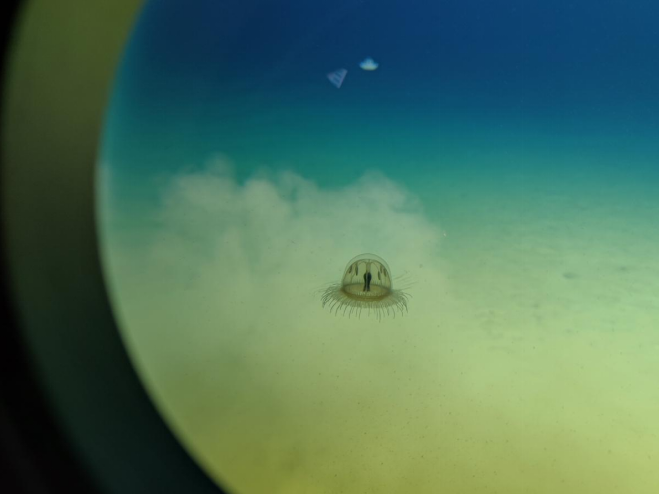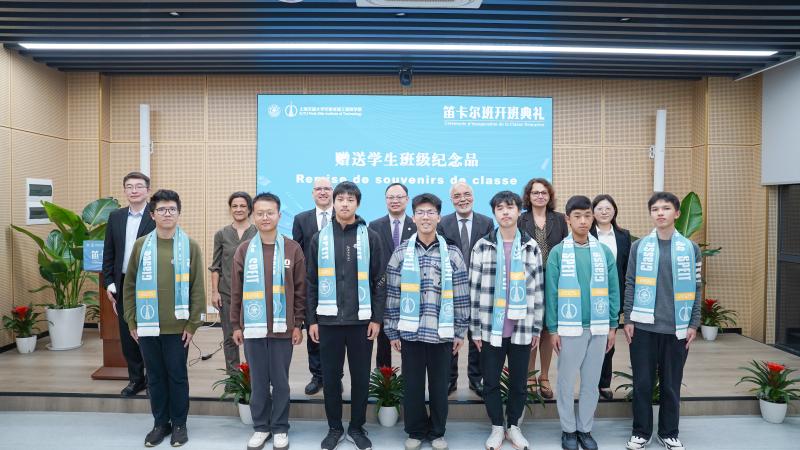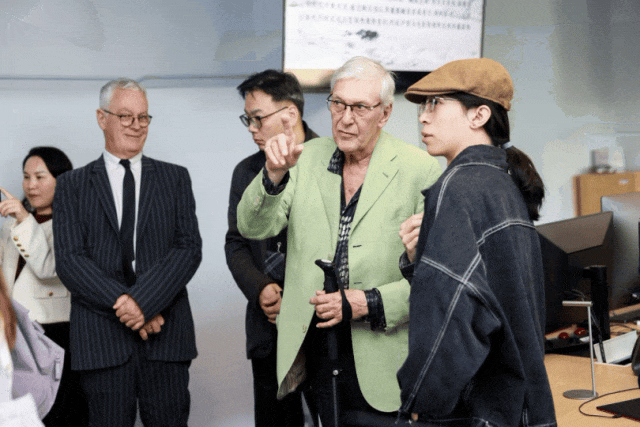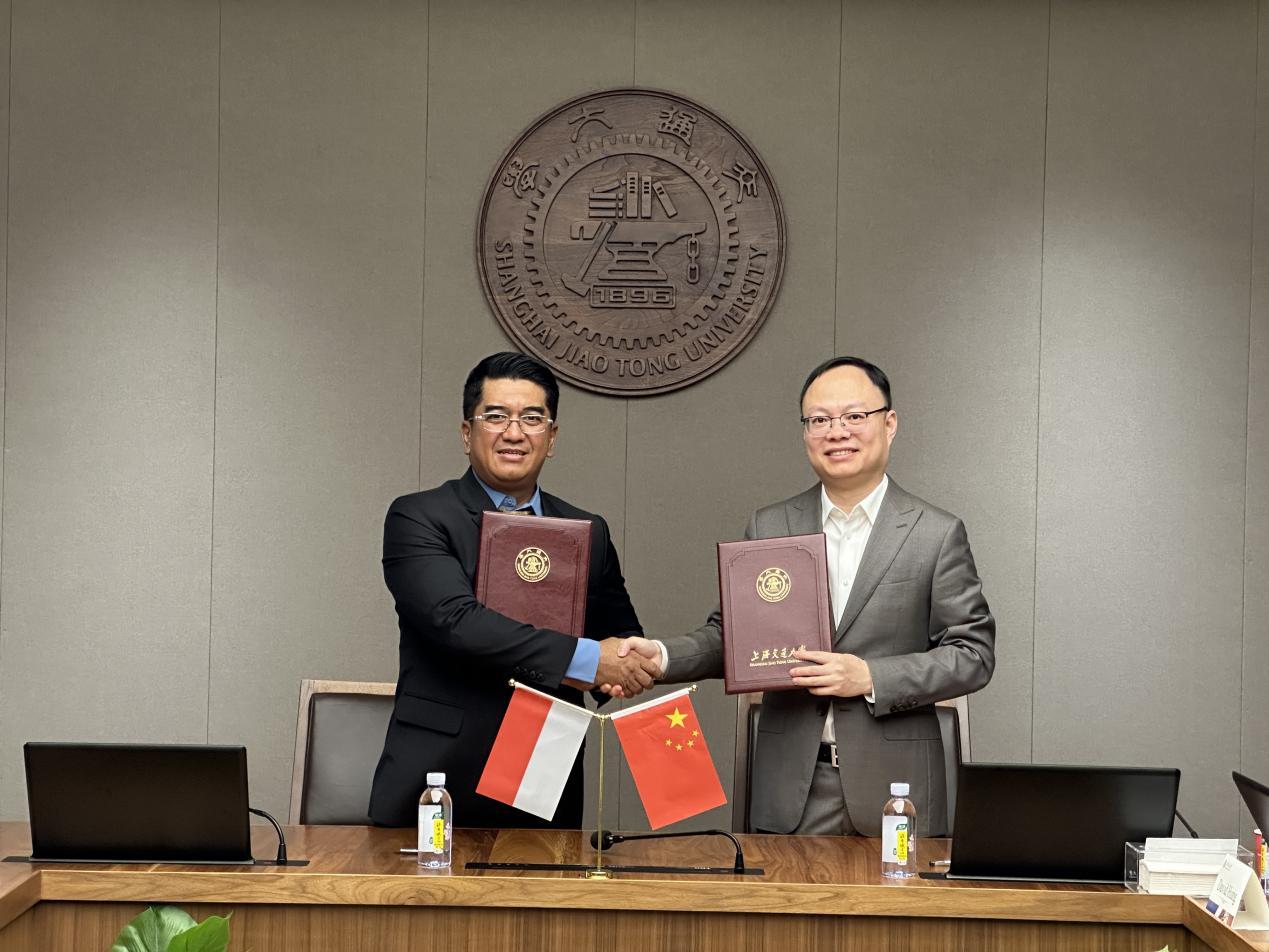Fendouzhe, China's self-developed human occupied vehicle, operates in the seabed at Mariana Trench on Nov 8, 2021.
Relying on China's self-developed human occupied vehicle (HOV) Fendouzhe, Chinese scientists have completed an exploration of the hadal zone — the deepest part of the ocean — and identified 7,564 species of hadal prokaryotic microorganisms. Remarkably, 89.4% of these species were previously unknown.
Their diversity is comparable to the total number of already known marine microorganisms all over the world, said the researchers.
The expedition also achieved several historic firsts, including the first-ever manned dive to the bottom of the Yap Trench — a nearly 9,000-meter-deep abyss in the western Pacific. This region, where major ocean currents converge, plays a crucial role in Earth’s climate and marine ecosystems.
The other global firsts were an unprecedented systematic study of the hadal zone ecosystems, and the establishment of a database of hadal microorganims, which is now open for sharing. The size of the data is equivalent to the total amount of global marine microbial research over the past decade.
All such achievements signified China's entry into the forefront of deep-sea life sciences research, said the scientists.
The hadal zone — the oceanic depths below 6,000 meters — remains one of the least explored extreme environments on Earth.
"Our research showed the hadal zone microbes exhibit extraordinary novelty and diversity, demonstrating the immense resource potential of the hadal microorganims in terms of new genes, new structures and new functions," said Xiao Xiang, initiator and convening scientist of this scientific initiative "Mariana Trench Environment and Ecology Research", or MEER.
"Such resources may provide a new option to solve the dilemma of global depletion of biological resources, and also open up prospects for innovative applications in the areas of biotechnology, medicine and energy, among others," said Xiao, a professor at the School of Life Sciences and Biotechnology of Shanghai Jiao Tong University.

Researchers discover a unique jellyfish in the deepest part of the Yap Trench during this expedition on Oct 24, 2021. [Photo provided to chinadaily.com.cn]
On Friday, the journal Cell published four papers from the first phase of the MEER research as a cover feature. The study was a collaborative effort between Shanghai Jiao Tong University, the Chinese Academy of Sciences' Institute of Deep-Sea Science and Engineering, and genomics leader BGI Group.
The expedition took place from October to December 2021. Riding Fendouzhe, the scientists systematically explored the 6,000-to-11,000-meter-deep regions of the Mariana Trench, Yap Trench, and the Philippine Basin. More than 2,000 samples of water, sediments, and macroorganisms were collected. A total of 21 scientists participated in the expedition, with 17 conducting submersible dives to collect samples and perform research.
Fendouzhe is China's first 10,000-meter-class HOV. With its unique sampling capacity and ultra-long seabed operation time, it is the world's only HOV capable of conducting systematic sampling and research in the hadal zone system.
The team made groundbreaking discoveries after examining 1,648 sediment samples, 622 deep-sea amphipods Hirondellea gigas, and 11 different types of deep-sea fish. They included the discovery of strategies employed by the hadal zone microorganisms to keep them flourishing in the extreme high-pressure, low-temperature, and low-nutrient environment.
"The utmost simplification of the antioxidant pathways of such organisms in extreme environments may provide new insights for human beings to fight anti-oxidation, aging and diseases," said Zhao Weishu, a researcher on the team.
"Our research revealed that organisms in the hadal zone - an environment with extremely limited food resources - are capable of metabolizing refractory organic carbon compounds that are typically resistant to biological utilization. If such a practice is replicated in the shallow sea area, it may help solve problems, such as oil spills and plastic pollution," she said.
Regarding the database, Dr. Xiao emphasized that these invaluable datasets represent unique historical documentation of hadal zone ecosystems during the October-December 2021 observation period. The research team has openly shared the database globally, and urged international scientific collaboration to address hadal zone exploration and life science challenges.
The researchers noted that beyond the HOV, the program also benefited from other Chinese-developed technologies, including deep-sea sampling equipment, cost-efficient genetic sequencing systems, and an advanced microbial cultivation platform that simulates deep-sea conditions.



